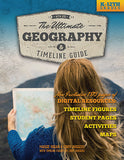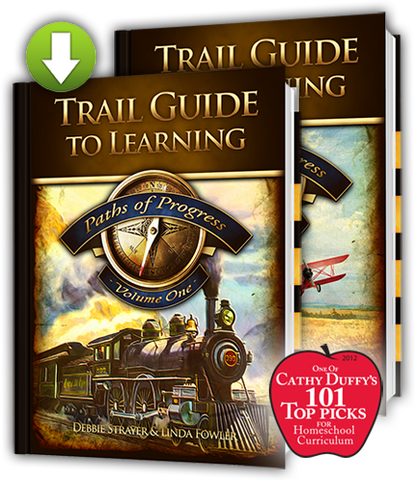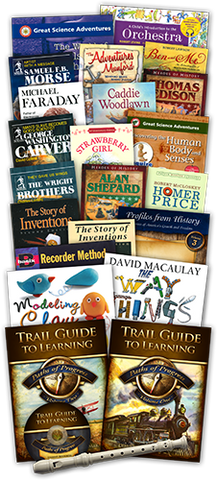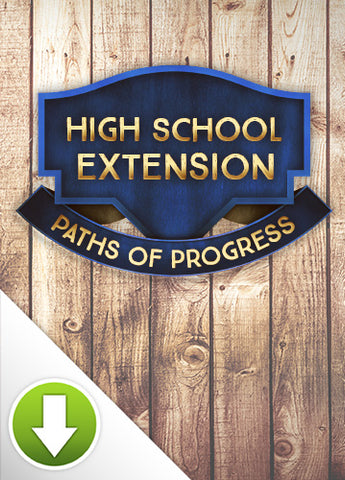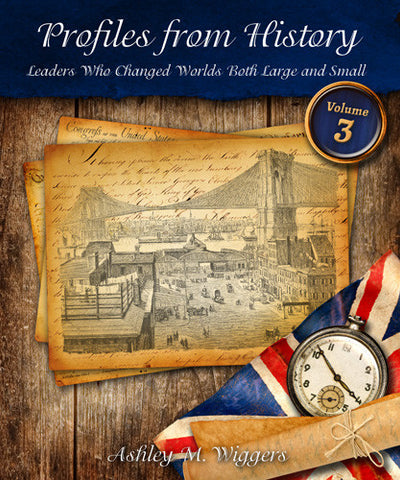
If you have landed on this page and haven’t yet learned much about the Trail Guide to Learning curriculum series, we recommend you read the introduction to Trail Guide to Learning. Then come back to see what Paths of Progress is all about!

Paths of Progress is the third step in the Trail Guide to Learning series.
Blazing a trail was the first step in Paths of Exploration. Building a foundation for growth and government came next with Paths of Settlement. Now, to grow as a country, another group of leaders steps forward during our history—scientists and inventors.
Study those who used their talents and abilities to answer questions that provided better ways of living and working. The lives of these devoted individuals and their contributions will be examined throughout our history, into the Industrial Revolution and the beginning of the 20th century.
Study those who used their talents and abilities to answer questions that provided better ways of living and working. Some key figures studied include Ben Franklin, Samuel Morse, George Washington Carver, the Wright Brothers, and Thomas Edison. The lives of these devoted individuals and their contributions will be examined throughout our history, into the Industrial Revolution and the beginning of the 20th century.
Primary science focus involves Physical Science (such as energy, motion, and work), Anatomy, and the economic impact of each development.
Activities in Progress include a study of the orchestra, making music, art, and learning how things work, including the systems of the body.
Required student notebook pages are available for each grade level and are an integral part of this curriculum. Notebook pages provide maps, charts, space for copywork or dictation and any other template page needed throughout the year.
Digital versions of the Student Notebooks are included with the Teachers Guide, and you can order printed, ready-to-use ones here.
Although Paths of Progress is primarily geared for students in grades 5-7, an optional extension is available. It provides additional assignments and activities for 8th and 9th graders. It does not stand alone, but is meant to be used alongside the main Teacher’s Guide (with other students or siblings who are in the target 5th-7th grade range.)
Older Extension, grades 8-9 Used to include older students learning related content on a more challenging level.
While specifically designed for fifth through seventh graders, this book can easily be adapted for fourth graders as well.
For specific details and to learn more, select the Paths of Progress teacher guides.
For package specials that include the curriculum and all required books, atlases, and maps select Paths of Progress packages.
All subjects but math are included in this Unit Study approach to teaching.

